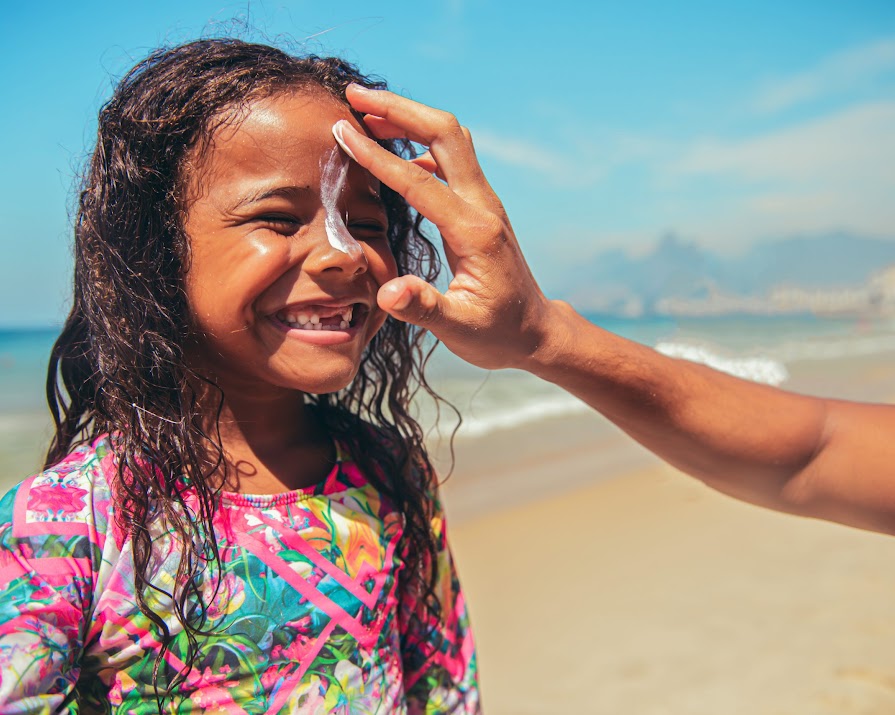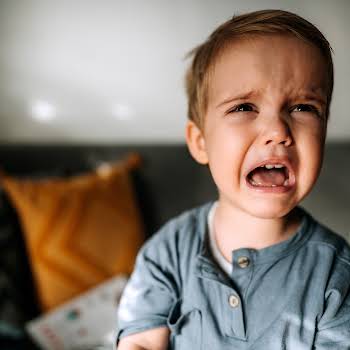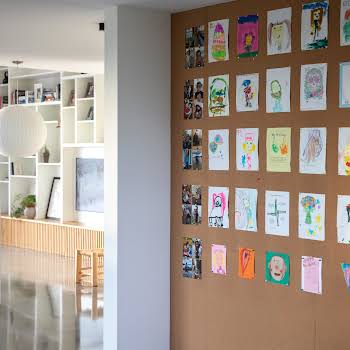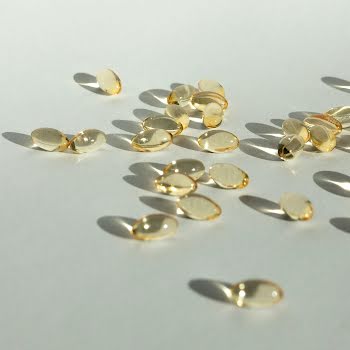
By Jennifer McShane
18th Jul 2021
18th Jul 2021
Met Éireann is reminding the public to be careful in the sun after the hottest day of the year so far on Saturday. Here's how you can ensure your child is fully protected now and during the upcoming summer months.
Playing and spending time outdoors is hugely important for our children but it is crucial that they are protected and safe in the sun because, compared with adults, children’s skin is much more vulnerable to the damaging effects of ultraviolet (UV) radiation from the sun.
Children’s skin, especially up to the age of 3 years, has lower concentrations of the protective skin pigment melanin (as well as being responsible for tanning, it’s a pigment that gives skin, eyes, and hair their colour and provides some protection against sun damage).
Common cancer in young people
The outer layer of children’s skin is also thinner than those of adults. This allows UV radiation to penetrate more deeply through the layers of the skin. While skin cancer is rare in children, much of the UV damage that leads to it takes place in the early years of life.
According to cancer.ie, getting sunburnt in childhood or adolescence can increase the risk of melanoma – the most serious form of skin cancer – in later life and people get most of their sun exposure before the age of 18. They cite skin cancer as the most common cancer in young people in Ireland aged 15 and 44 years of age.
Children most at risk

All children are at risk of UV damage, even those who tan easily. However, some children are more at risk, especially if they have:
- Pale or freckled skin that does not tan or burns before it tans.
- Red or fair hair.
- Blue, green or grey eyes.
- A large number of moles
Remember: About 90% of harmful UV rays can also pass through light cloud, so take care on cloudy days too.
How to help your child stay safe in the sun:
This, most parents will already be experts in, but we’ve compiled a simple guide, so it’s all in one place in case you need it the next time the sun is out.
Babies and toddlers
If your baby is under 6 months old, you should, as we know, keep them in the shade. Older children should also be in the shade if possible, but especially between 11am and 3pm as his is when UV rays are at their strongest. As long as infants are kept in the shade and covered with clothes (hats are recommended and when they are old enough, sunglasses), you will only need to use a small amount of sunscreen on the areas not covered with clothes.
Older kids

The SunSmart Code
Older children should follow what is known as the SunSmart Code:
1. Seek Shade
Shade can provide 75% protection against UV rays. Please be aware that car windows do not provide UV protection and it is possible to burn through glass.
2. Slip on some Clothes
Clothing gives extremely effective protection from UV light. Some fabric is better than others at delivering protection, such as shirts (with collar and ¾ length sleeve) or trousers (similarly with ¾ length) made of cotton or linen.
3. Slap on a hat
A hat with a broad brim (6 inches) is preferable. Baseball hats are not suitable as they do not cover the ears and the back of the neck.
4. Wear Sunglasses
UV exposure may cause eye irritation and chronic exposure can cause cataracts and cancer of the eye. Both adults and children need to wear sunglasses with an EU rating.
5. Sunscreen
Sunscreen is an essential part of the SunSmart code. Look out for the following when purchasing and using sunscreen:
- A ‘broad-spectrum’ sunscreen that protects against UVA and UVB (always check for the UVA logo on the bottle)
- SPF 30 or 50
- Check the products use-by date and store it below 30°C
- Choose a water-resistant type (all the better for sweating or swimming)























